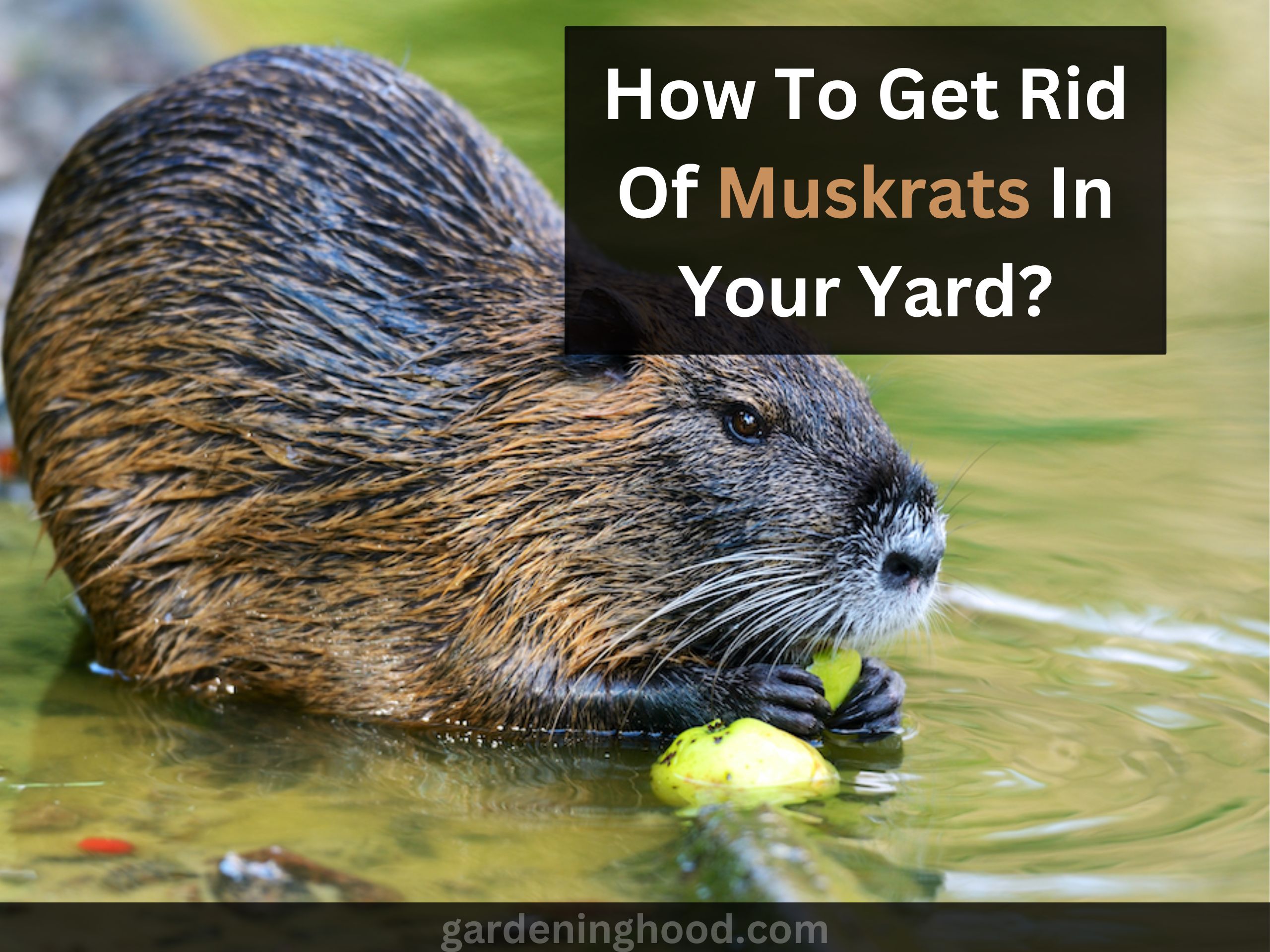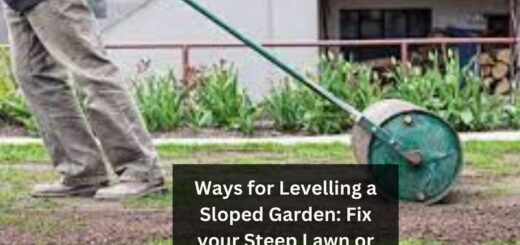Insect/ Bug Eggs that look like Seeds (& How to get rid of them?)
In this article, the readers will be acknowledged for Insect/ Bug Eggs that look like Seeds. Do you know there are many insects and bugs which resemble seeds? This is called camouflaging and is seen in many insects as well. Beware! You might eat some bugs or tiny insects thinking they are rice or other seeds that you use in your meals.
Key takeaways:
- Do you know there are many insects and bugs which resemble seeds? And you have zero clue that you are sleeping with bugs or having insects, or bug eggs in your kitchen or pantry.
- It is better to take a keen look and gaze if they are moving.
- This is called camouflaging and is seen in many insects as well.
- The insects or bugs’ eggs that look like seeds are mostly sesame seeds pine seeds, etc.
So let’s know about them and the best possible ways to get rid of them.
What is camouflaging in insects?
This is a defense mechanism that animals (insects) use to blend with the surroundings and stay safe from predators and even confuse the prey about their existence near them.
But we humans also get shocked when we notice we aren’t able to believe these are insects. Nature! Darling! Full of surprises! You need to observe better where you are sleeping, sitting, or even eating.
Insect/ Bug Eggs that look like Seeds
1. Bedbugs
The eggs of bed bugs look a lot like sesame seeds. So whenever you see some sesame seed-like things near your pillow or bed then they might be bedbug eggs and not sesame seeds. Bed Bugs suck on human blood during the night time.
The bedbugs are brown seed-like creatures that move with tiny ultrathin-segmented legs. They move a lot and thus you can notify them. The eggs are sticky and sesame seeds-like, so use a magnifying glass to get a closer look and be sure about it.
How to get rid of bedbugs?
- If you have spotted many sesame seed-like eggs then there are chances that any bedbugs have hijacked your house. As the female bed bug lays eggs daily it could be trouble for you to wait for them to vanish. You need to call a professional pest control company to help you.
- You need to put some clean bedsheets on and wash the previous ones with an antiseptic solution and heat dry them in high temperatures near 45 degrees or more.
- Get some bed bug mattress encasement that might deter the bedbugs from attacking your skin.
2. Deer ticks
The deer ticks have a reddish brown colored body with a hard covering on the back. The eggs of deer ticks again look like sesame seeds and ticks have black-colored legs as well.
The ticks can be seen roaming around in your houses and also can cause disease if not removed or killed, usually the cause of Lyme disease in humans.
How to get rid of deer ticks?
- Don’t store the waste whether domestic or garden for too long, that can be their spot of inhabitation. Remove the garbage as soon as possible.
- Keep the garden tidy and clean, the grass well trimmed, and the bushes as well.
- Use tweezers to pick them up and throw them far away from the house. You also need to remove the tick readily as you spot one on your skin. Use alcohol, antiseptic soap, and clean water to wash off the bite.
- You can use some harsh chemicals or high-temperature treatment to buzz them away from the surface.
3. Rice weevils
Rice weevils are the most common and you surely would have seen them in your pantry. If not!? I’m amazed and that’s great! But the rice weevils are easily encountered by pantry pests that get to pantries and infest them with so many eggs in them, leading to spoilage.
Rice weevils as the name indicates are usually seen in rice and also in pasta. They are also called flour bugs and attack stored seeds and grains.
They have long snouts and tiny bodies behind them. The eggs are sticky and larvae take up the space of the whole seed kernel. They make the grains unhygienic and destroy the grains unfit, to ingest.
How to get rid of rice weevils?
- Throw away the grains infested with weevils and larvae. Check for other grains and throw them as well, so that the other grains stay safe and clean.
- Store the grains in air-tight containers. Use a clean container, and check before using it if they have any dust and tiny weevils in it.
- You can use insecticides too like Novacide to kill the weevils. The chemical is effective for 6-7 months so no headache in apples that again and again.
- Call the professionals that control the pests and their infestations.
- Use sticky traps that can easily stick the larvae and eggs with them.
4. Aphids
Aphids are sap-sucking tiny soft body bugs and affect the plant when the plant is under some kind of stress like drought, overcrowding, etc. The eggs of aphids look a lot like sesame seeds.
They are encountered in colors like yellow, green, black, red, and even black. The pests badly affect the plants and even bring to the mortality of the plant with a honeydew appearance on plants.
How to get rid of aphids?
- Using a water jet on the plant threw these suckers away from the plants.
- Use diatomaceous earth, organic pesticide, and neem oil, to get rid of the aphids.
- The soapy water can also prove to be effective in removing the aphids away.
- Do companion planting to keep the aphids at bay, like garlic, clove, and herbs near your fruit or vegetable.
- Remove them by yourself by wearing gloves so that they can be picked up easily and thrown away.
- The plant part that is affected, prune off so that the other parts stay safe from the attack.
- Plant the blooming flowers near the plants so they bring many predators that feed on pests to the garden.
5. Bread beetles
The bread beetles are again the pantry bugs and are also known as drugstore beetles. These are sometimes also called biscuit beetles. The Beatles have tiny bodies and are brown.
They infest at a high rate in the grains and seeds. They destroy the food as well with their infestation habit. They affect the dry parts of plants, flour, cereals, bread, pasta, etc.
How to get rid of bread beetles?
- The bread beetles are in search of food all the time. So better to clean the spilled food as soon as possible, keeping the pantry clean and hygienic.
- Contact the post control center that will professionally handle the pest and remove them.
- Use water to clean the grains and they will float onto the water, throw them away by rinsing them off.
6. Thrips
Thrips are tiny slender insects with fringed wings and are very tiny, and look like tiny black specs when on the leaves. They attack the plants during stress and also bite the human skin.
They lay eggs on soft tissue and moisturized areas as well. So the plant’s parts and skin can also be their surface for laying eggs that look like seeds.
How to get rid of thrips?
- Use the water at a high speed and spray it onto the plants or surface to remove them.
- Using soap water on the leaves and plants that are inside of the house can also help in controlling the thrips.
- Keep the plant clean, and cut off the plant parts that are highly infested by them. Destroy them.
- Plant those plants that invite useful predators to the area.
7. Flea beetles and flea eggs
Flea beetles are tin dark-colored beetles that jump around and affect the vegetables like radishes, broccoli, tomatoes, potatoes, etc. They create small holes in the plant parts especially leaves.
The flea beetles also attract the seedlings. The flea eggs look a lot like sesame seeds and even the body parts of matured fleas look a lot like sesame seeds.
How to get rid of fleas?
- Trim down the grass, clean the grass and eradicate the weeds from the garden.
- Remove the debris or waste present around, which can help the flea beetles to rest and live and lay eggs.
- Use insecticidal dust to get rid of flea beetles.
Summing up the context
We hope you like the information and that it was helpful to you as the insects and bugs can be a headache and gross when you find them nearby. Seeing them in the garden is irritating as well. So you can try out these methods after knowing the bugs and their eggs that look a lot like seeds.
Stay aware and stay safe!


